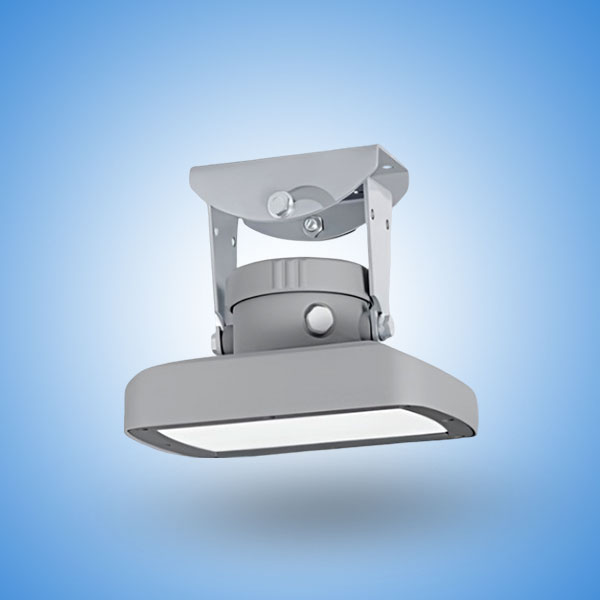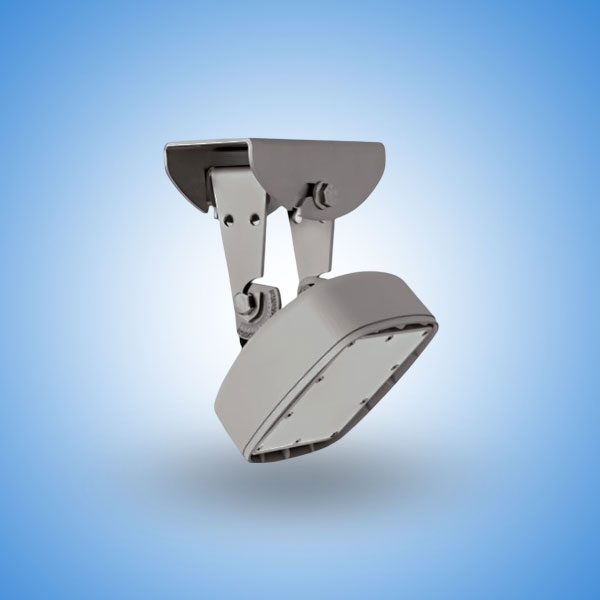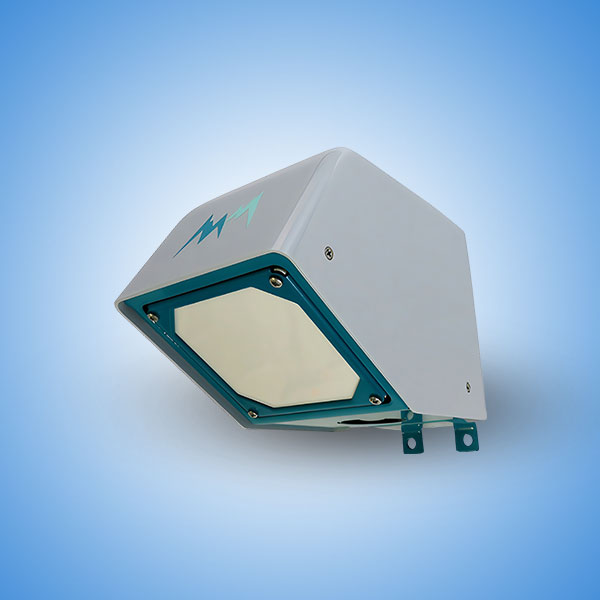Water Sensor
A Water Sensor is a smart device used to detect the presence or absence of water in a given area. Whether it's for leak detection, flood prevention, or water level monitoring, a Water Sensor plays a vital role in homes, offices, factories, and agricultural fields. Designed to alert users when water is detected in unwanted areas, Water Sensors help protect properties, prevent damage, and save resources.

Frequently Asked Questions
A Water Sensor is a compact electronic device that senses water or moisture and sends an alert when water is detected. It can be placed on floors, inside tanks, or near appliances like washing machines and water heaters. The main function of a Water Sensor is to detect leaks or flooding early so that preventive action can be taken before serious damage occurs.
These sensors are commonly used in homes, data centers, basements, pump rooms, and irrigation systems. They can work independently or be connected to smart home systems or industrial controllers for automatic alerts and responses.
A Water Sensor typically includes the following parts:
1. Sensing Electrodes or Probes – These detect water by sensing changes in conductivity or resistance.
2. Electronic Circuit – Converts the signal into data or triggers an alarm.
3. Power Source – Usually battery-powered or connected via power cables.
4. Alert System – Buzzers, lights, or mobile notifications through apps.
When water comes in contact with the sensor, it completes a circuit and sends a signal. This triggers a warning, allowing users to respond quickly to stop a leak, shut off water supply, or take safety measures.
There are several types of Water Sensors, depending on the application:
1. Leak Detection Sensors
- Detect water on floors or near appliances
- Used in homes, offices, and commercial spaces
2. Water Level Sensors
- Measure the level of water in tanks, reservoirs, or wells
- Common in agriculture and industrial systems
3. Smart Water Sensors
- Connect to mobile apps or IoT platforms
- Send alerts via SMS, email, or push notifications
4. Float Sensors
- Use a floating mechanism to detect water levels
- Found in sump pumps and storage tanks
Each type of Water Sensor is designed to make water monitoring simpler and more efficient.
Water Sensors are used in a wide range of residential, commercial, and industrial environments:
1. Homes – Detect pipe leaks, basement flooding, or appliance overflows
2. Offices – Monitor server rooms, HVAC systems, or water tanks
3. Agriculture – Control irrigation based on soil moisture or tank levels
4. Industries – Protect equipment from water-related faults or damage
5. Water Management – Monitor water storage and distribution systems
6. Marine Vessels – Detect bilge water accumulation
In each of these areas, a Water Sensor provides peace of mind and helps reduce costly repairs.
1. Early Detection of Leaks – Prevents property damage and mold growth
2. Smart Alerts – Real-time notifications to smartphones or systems
3. Easy Installation – Most Water Sensors are plug-and-play
4. Battery or Wired Options – Flexible for all locations
5. Cost-Effective – Saves money by preventing water damage and downtime
A reliable Water Sensor adds safety and intelligence to any water-dependent system.
When selecting a Water Sensor, consider the following factors:
1. Coverage Area – Choose based on the size of the area to be monitored
2. Power Supply – Battery-powered for portability or wired for constant monitoring
3. Smart Features – Compatibility with Wi-Fi, Bluetooth, or home automation systems
4. Environmental Resistance – Water and dust-proof for reliable outdoor use
5. Ease of Use – Look for simple setup and maintenance
The right Water Sensor ensures effective detection and smooth integration into your monitoring setup.
To get the most out of your Water Sensor:
1. Clean Sensors Regularly – Dust or dirt can affect accuracy
2. Check Batteries Periodically – For battery-powered models
3. Test Alerts Frequently – Ensure that notifications and alarms are working
4. Position Properly – Place in low spots where water is likely to collect
5. Update Firmware – For smart sensors, keep software updated for best performance
A well-maintained Water Sensor provides accurate and timely warnings when you need them most.





